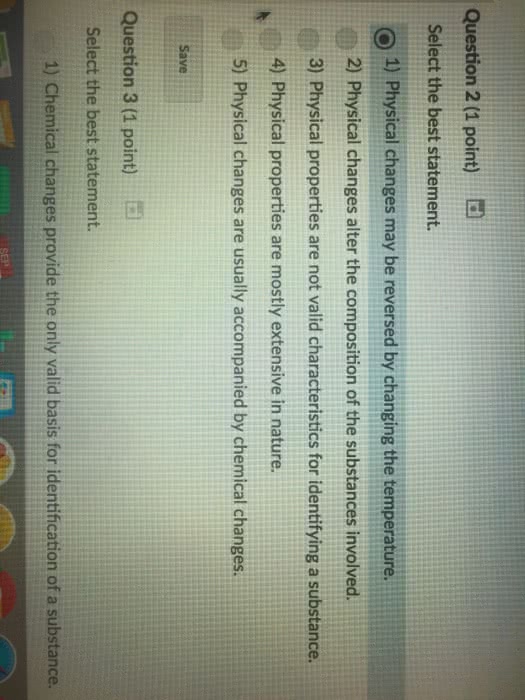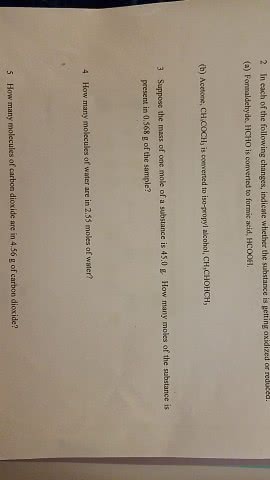HLTH 237 Study Guide - Nutmeg, Neurochemistry, Diagnostic And Statistical Manual Of Mental Disorders
Document Summary
Lecture #1- an introduction to the study of drug and alcohol problems. Harm reduction= understanding the risks before choosing to use a substance and taking all necessary precautions to reduce those risks. Social norm- acknowledge that people will take part in harmful behaviours. As humans we naturally self-regulate: we use substances to regulate our emotions. Continuum for harm reduction has a boundary line. Behaviours become habitual and they become part of who you are. Brain changes as more molecules are introduced into the bloodstream; temporary changes can be reversed to the norm as long as the norm doesn"t change. If the norm" changes brain needs to keep that same amount of stimulation: endogenous opioids- pleasure chemicals. Drugs can change who you are and what substances you need: addicted to not only the substance but also the behaviour/ritual associated with it. Social policy: can increase/decrease harm from illicit" substances.




